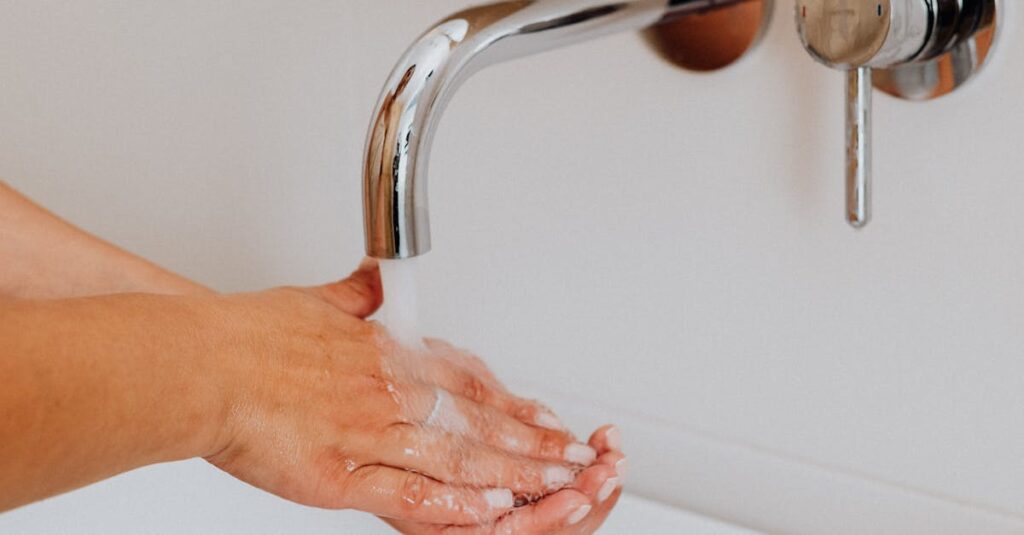Debunking Common Backflow Myths: Separating Fact from Fiction
Backflow prevention is a critical component of maintaining clean and safe water, but there are many misconceptions surrounding it.
Some property owners may not realize the risks associated with backflow, while others may believe that their property is immune to contamination.
In this article, we’ll debunk common backflow myths and set the record straight so you can make informed decisions about protecting your water supply.

Myth #1: Backflow Prevention is Only Necessary for Commercial Properties
Fact: While commercial properties are often required by law to have backflow prevention devices installed, residential properties can also be at risk for contamination. Irrigation systems, home water treatment units, and even garden hoses can create cross-connections that allow backflow to occur. Homeowners should take backflow prevention just as seriously as business owners.
Myth #2: Backflow Prevention Devices Don’t Require Maintenance
Fact: Like any plumbing component, backflow prevention devices require regular maintenance and testing to ensure they are functioning correctly. Over time, these devices can wear out, develop leaks, or become clogged with debris. Annual testing, as required by New Jersey regulations, ensures that your system remains compliant and effective.
Myth #3: Backflow Can’t Happen with Good Water Pressure
Fact: Even with strong water pressure, backflow can still occur. Events like water main breaks, firefighting activities, or sudden demand surges can cause pressure drops that create conditions for back-siphonage. Backflow prevention devices are designed to stop this from happening, regardless of pressure fluctuations.
Myth #4: Only Older Properties Need Backflow Prevention
Fact: Backflow risks exist in both new and old buildings. Modern plumbing codes require backflow prevention measures in many applications, but improper installations or system modifications can still create vulnerabilities. Whether your property is brand new or decades old, backflow prevention should always be a priority.
Myth #5: Installing a Check Valve is Enough to Prevent Backflow
Fact: While check valves can help control the direction of water flow, they are not a foolproof solution for preventing backflow. More advanced devices, such as Reduced Pressure Zone (RPZ) assemblies, provide greater protection by automatically relieving pressure when backflow conditions occur. The right device depends on the specific risks associated with your plumbing system.
Myth #6: Backflow Incidents Are Rare
Fact: Backflow incidents happen more often than people realize. Contaminated water has been linked to numerous public health outbreaks due to cross-connections that allowed dangerous substances to enter the drinking water supply. Regular testing and proper installation of backflow preventers help reduce the risk of such incidents.
Myth #7: If Water Looks and Smells Fine, It Must Be Safe
Fact: Contaminated water doesn’t always have a noticeable odor, taste, or discoloration. Many harmful contaminants, such as bacteria, chemicals, and pesticides, are invisible to the naked eye. Relying solely on appearance and smell is not a reliable way to determine water safety. Testing and prevention are the best ways to ensure clean water.
Myth #8: Backflow Prevention is Too Expensive
Fact: The cost of installing and maintaining a backflow prevention device is minimal compared to the potential costs of contamination, legal penalties, plumbing repairs, and health issues. Investing in backflow prevention saves money in the long run by avoiding expensive emergencies and compliance fines.
How South Jersey Backflow Can Help
At South Jersey Backflow, we are dedicated to ensuring that homes and businesses across New Jersey have the best backflow prevention solutions available. Our services include:
- Professional installation of certified backflow prevention devices.
- Annual testing and compliance checks.
- Repairs and replacements to keep systems functioning properly.
- Emergency services in case of backflow failure.
Conclusion
Misinformation about backflow prevention can put your water supply at risk.
By understanding the facts and taking proactive measures, you can protect your home, business, and community from potential contamination. Don’t fall for the myths—invest in proper backflow prevention today.
Contact South Jersey Backflow for expert advice, testing, and installation services to keep your water safe year-round.

